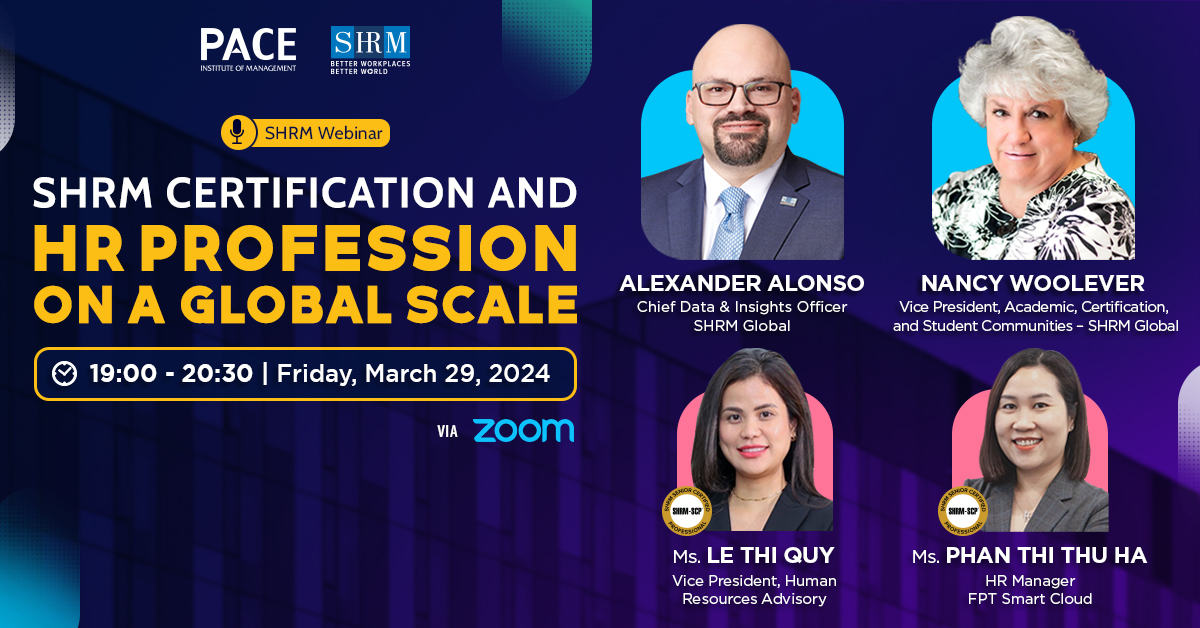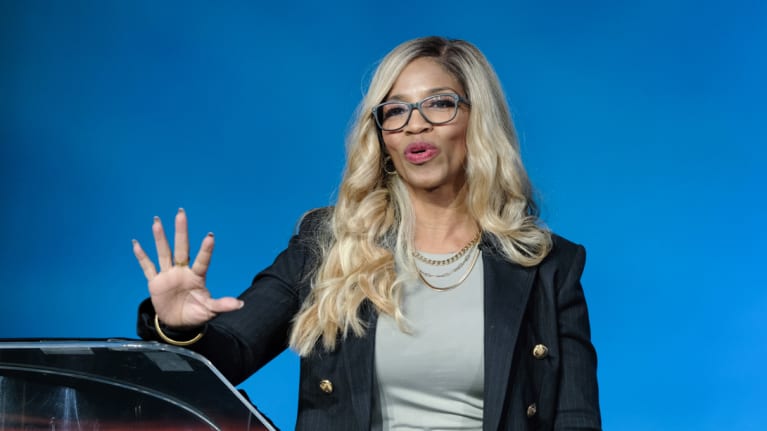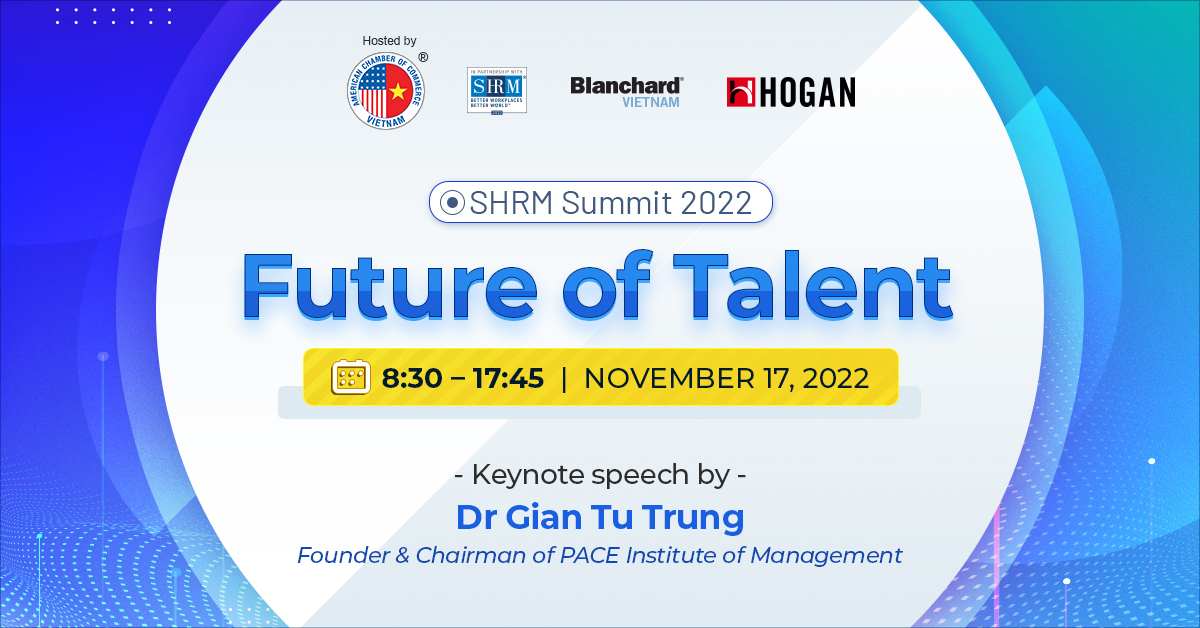10 KEY TALENT AND LEADERSHIP TRENDS FOR 2022
The Great Resignation is only going to amplify
The COVID-19 was the test case that no one wanted. For some time, companies have struggled with a shrinking talent pool, but the global pandemic accelerated this talent shortage to a degree no one could have predicted. A recent Korn Ferry survey shows 55% of professionals believe employee turnover will increase in 2022 and 31% say they would leave their job even if they didn’t have another one lined up. To crack a tight labor market, companies are increasing starting salaries, offering more long-term incentives and benefits, and paying sign-on bonuses, even for less-senior hires.
The rise of the career nomad
Other ways of working are possible. Today’s workscape is being transformed before our eyes – people working anywhere, everywhere, and at any time. Professionals are on the move, Boomers are retiring, and career nomads are looking for change – early and often. In fact, in a Korn Ferry survey, 32% of professionals say they don’t think they’ll ever go back to the office full time. In another survey, 36% of professionals say they plan to take a different job in the near future because the pandemic allowed them to re-evaluate what they want and the change they need. Workers are embracing agility like never before.
Connection Conundrum
Re-establishing relationships. The pandemic caused us to move from hour-long in-person meetings to condensed half-hour Zoom calls – and virtual everything. In 2022 leaders need to be more deliberate about creating opportunities for deeper connections within their companies, or else risk employees going deeper into silos. Organizations must instill a culture of listening, understanding and inspiring employees to feel more connected.

The Great Resignation is only going to amplify. (Photo: freepik.com)
Hidden in plain sight
The people you have will become the people you need. Facing a talent shortage means organizations will start to focus more on internal mobility, reskilling and upskilling existing employees to prevent attrition and fill niche roles. To achieve their reskilling goals, some companies are upping their training, development, coaching, and mentorship programs and creating more on-the-job learning experiences, while others are investing in new technologies to help advance careers.
Moving from disruption to reinvention
In 2022 change means opportunity. Much of the past two years has been about organizations changing what they did and how they did it because they had to, without much consideration or planning for the future. But there is a flip side to this disruption. If companies can harness the agility and flexibility shown by their workforces, they have an opportunity to reinvent themselves for a new age—finding solutions for shortages, climate change, digital acceleration, supply chain issues, and ever-shifting consumer demands.
Walking the talk
Enhanced action on sustainability. ESG and sustainability issues are now firmly on the boardroom agenda. The demand for organizations to take action will grow more intense in 2022. More and more organizations are waking up to the reality that science alone will not get them where they need to be. Meaningful transformation requires changes in mindset and skillsets.
Doing well by being well
Putting health and wellness center stage. Employees feel increasingly burned out from an abundance of Zoom sessions, a lack of connectedness to colleagues, a lack of separation between work and home, and a myriad of personal challenges rising from the pandemic and social unrest.
Organizations are increasingly putting employee wellbeing center stage. This is far more than introducing mental health initiatives or fitness-related perks. Culture change is required. Leaders need to become skilled at discussing mental and personal health with team members—not an area of leadership development many have focused on before.
Representation matters
Casting a wider net in the search for talent. Faced with a chronic talent shortage, organizations are easing up on job qualifications like four-year college degrees and set years of previous experience, as well as resume gaps, as they cast a wider talent net. What’s more, employers are going outside of their industry, within the retired workforce, and to other nontraditional places to find the people and skills they need.
The world is watching
Employees and leaders are accepting more accountability. As remote and hybrid working become normalized, leaders recognize that in 2022 they will need to devote more time to building new working cultures to match. Welcome to a world of frequent check-ins and continuous feedback, where agile, collaborative employees are most likely to thrive. Increased accountability is hitting the C-suite, too. Corporate leaders are under increasing pressure to hire and develop people from underrepresented groups, pay workers equitably and take stands on social issues.
The shift from “me” to “we”
Collaboration and shared goals. The last 24 months have brought us once-in-a-generation levels of global disruption and political unrest. They have also given us the very best that humanity can offer, whether it’s the scientists who developed vaccines at record-breaking speed or communities that rallied together through difficult times. What we have all learned is that it pays to work together for good. A community doesn’t just give us meaning—it gets results. In the year ahead, we expect to see a rise in collaborative working practices and shared goals.
Source: SHRM.Org










